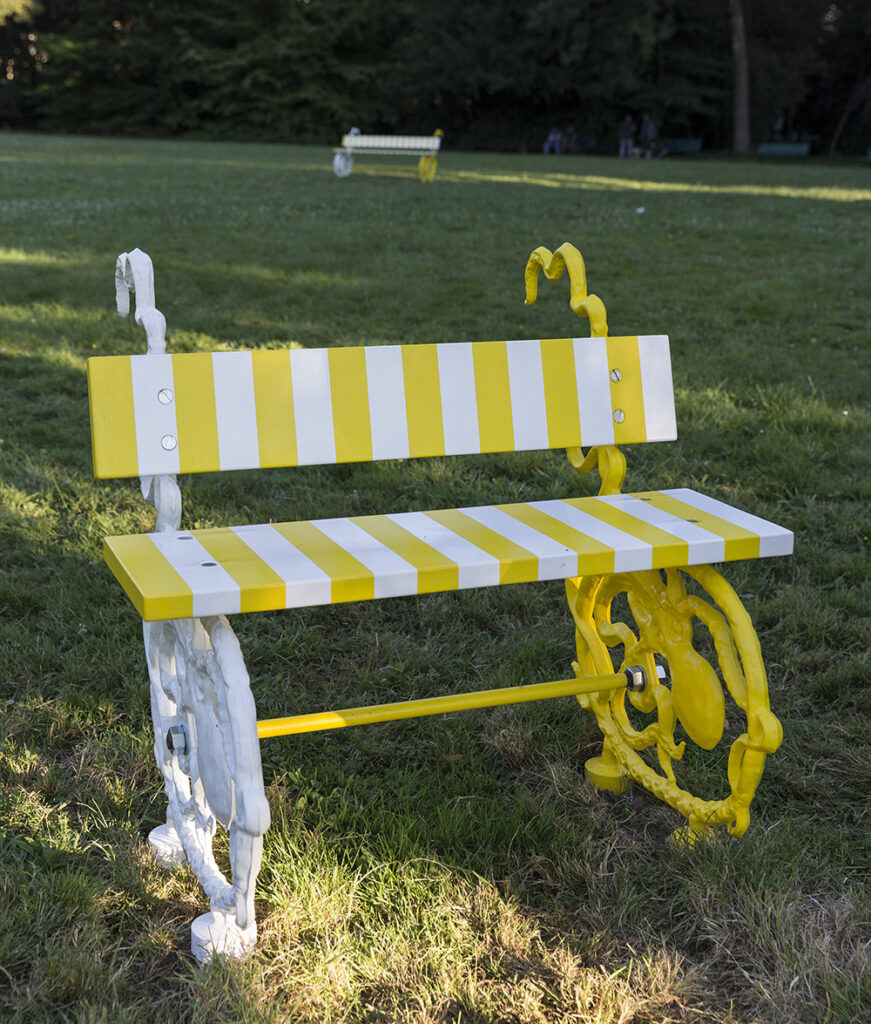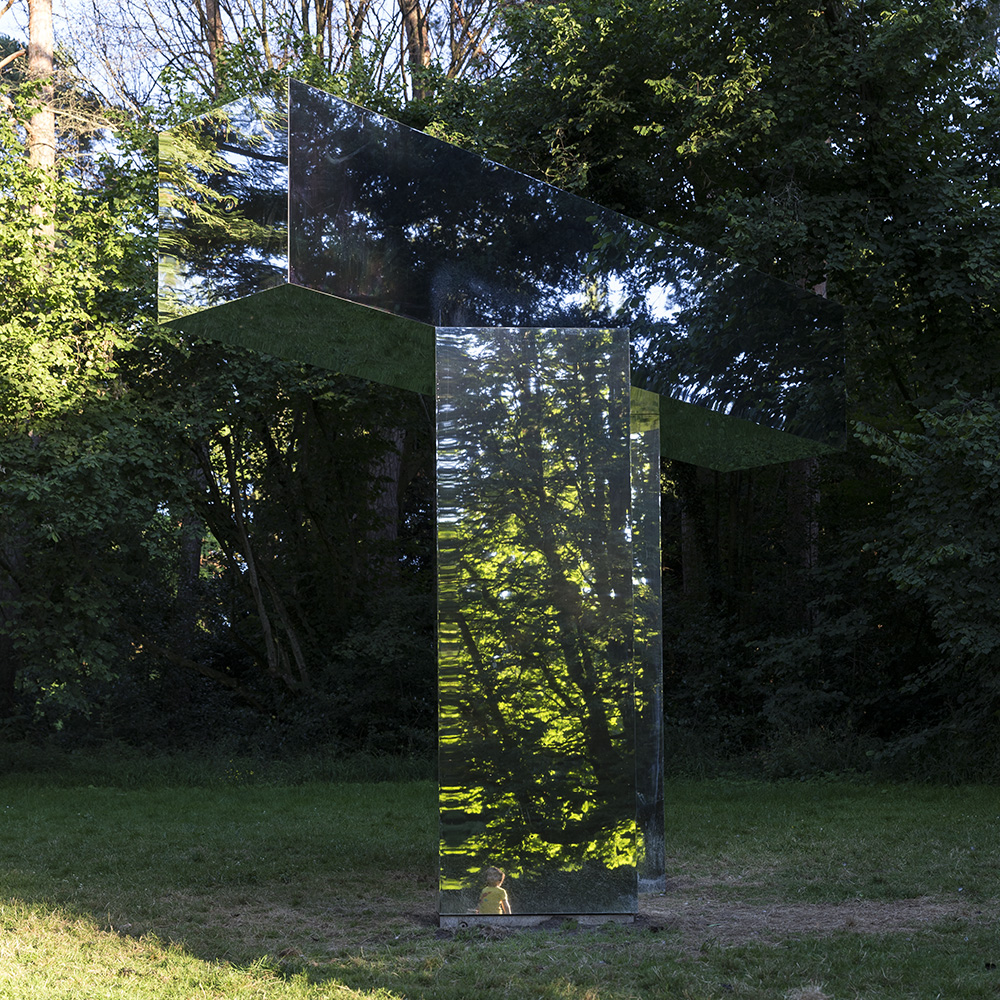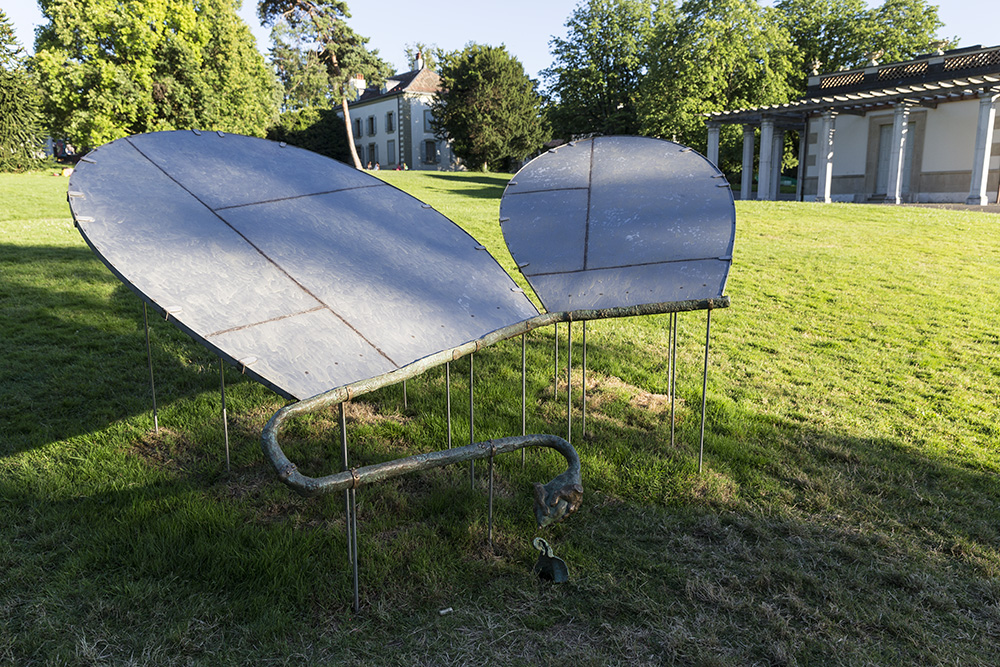Home for a summer break. I head for the wonderful island of Bohus-Malmön with some of my oldest friends. We chat. We swim. We have a BBQ. We drink a few beers. We laugh a lot. Could it get better than this? Well, yes. It could and it does.
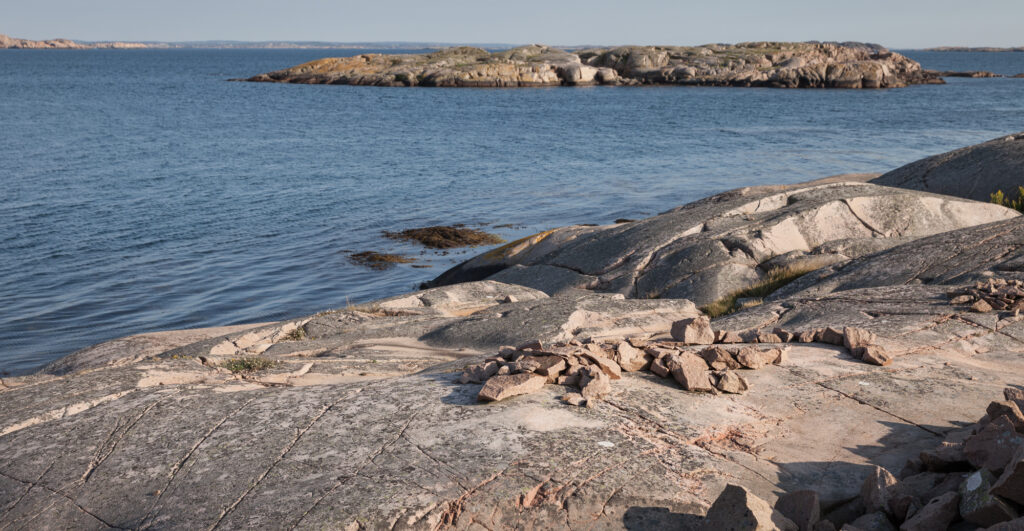
Day two finds us chilling on the rocky shoreline. A flattish pile of angular stones catches our eyes; maybe someone has built a sort of seaside cairn. We take a closer look. Holy moly! Check this out, guys! It’s a rocky crocky! It’s not just a pile of rocks arranged to vaguely resemble a massive reptile. The unknown person has spent quite some time and effort making this snapper and clearly has an eye for reptile anatomy. It really is quite crocodiley. I love the angular pebbles that have become those glinting predatorial eyes. I feel fascination for this work and admiration for its creator in equal measure.
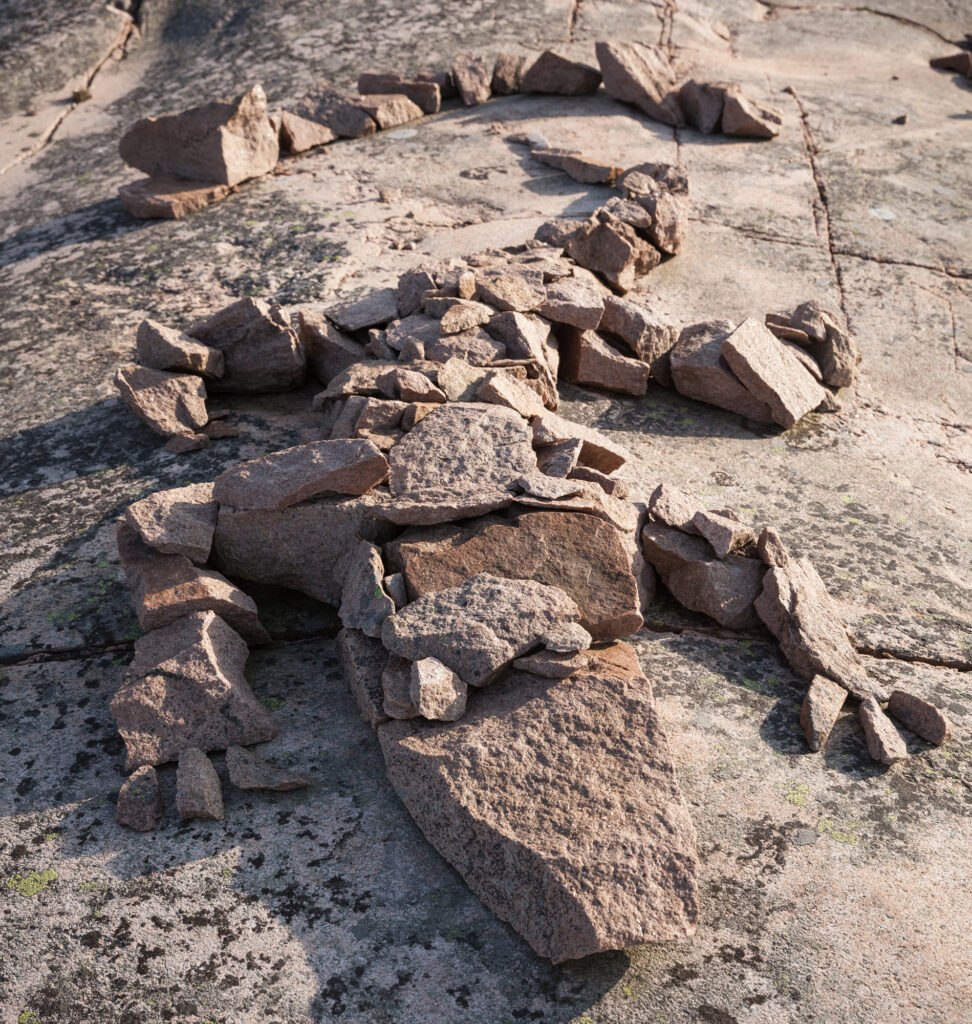
The permanent population of Bohus-Malmön is around 250. Someone must know whose deft hand has pulled these rocks together. I drop a line in a Facebook group. Willy Ociansson tells me that there are some similar and much older dry stone sculptures on the far side of the island and shares some of his own photos (thank you, Willy!).
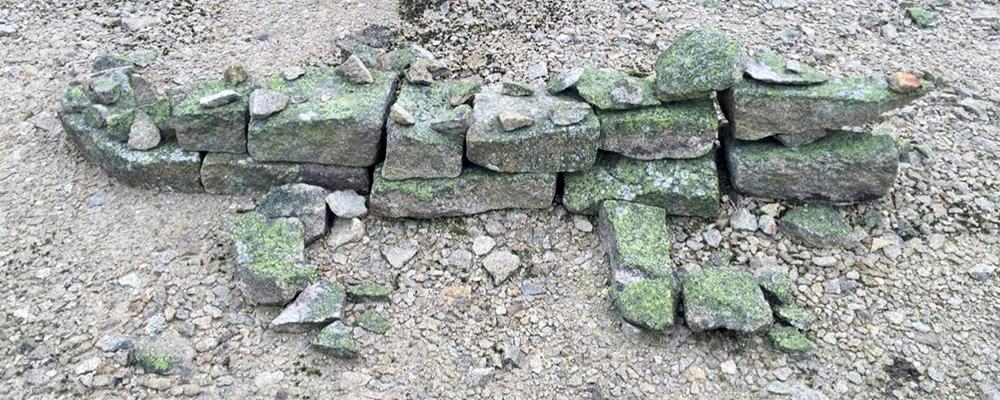
Another crocodile! This one has lichen on it. It must be older. It’s mouth is open.
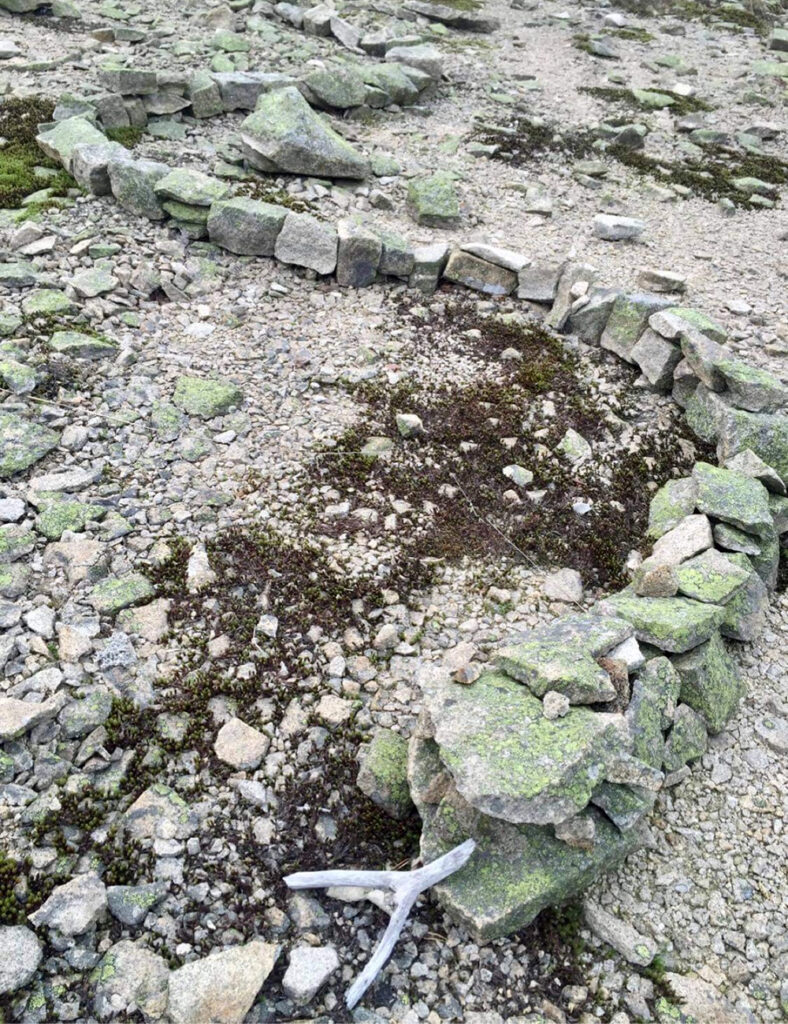
A giant python with forked stick-tongue. It’s almost smiling. It looks like it has been here for years.
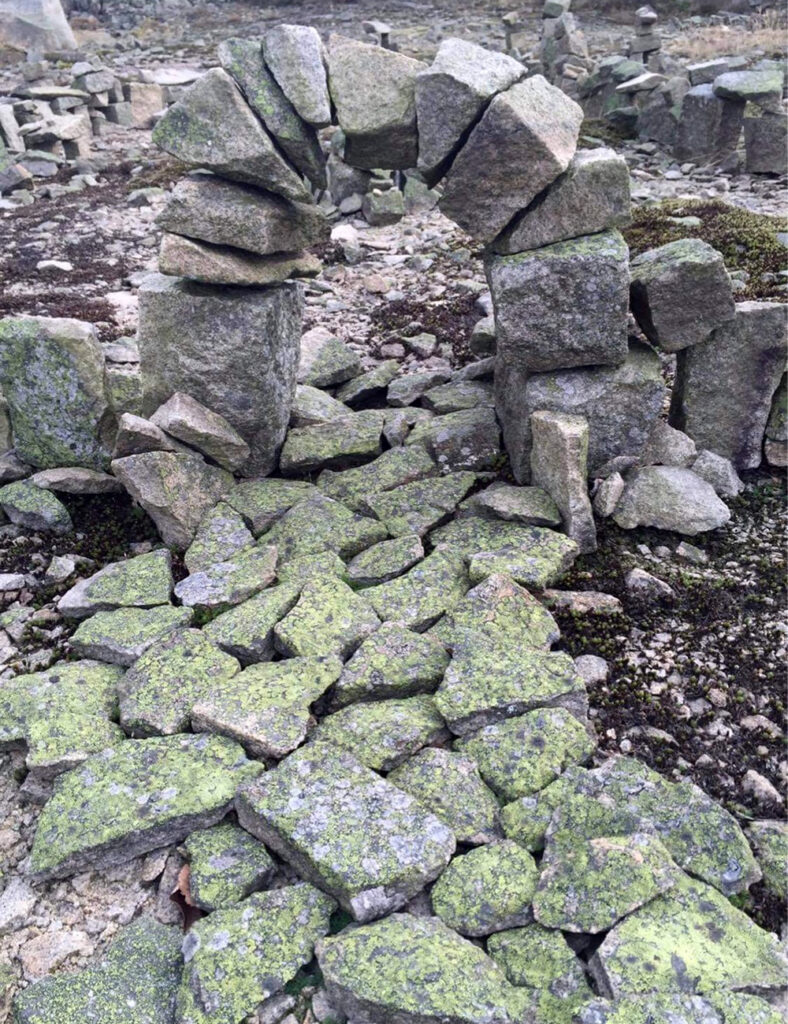
The real treasure though is – for want of a better term – a technically challenging Goldsworthy arch sitting right next to a mini green Stone Henge. There is something really exciting in discovering these stone sculptures. The atmosphere is mystical and mysterious. It’s a little bit spooky. I feel some pagan ritual is about to start up any time soon. I imagine this is what it must be like to discover some cave paintings.
Who did this? When? But most importantly, why? Is there anybody out there that knows?


